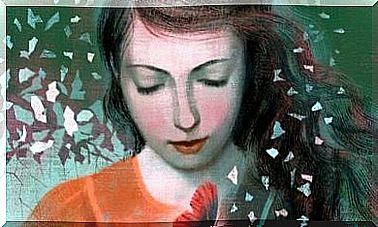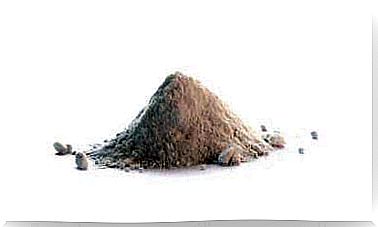What Can Your Children Look Like According To Genetics
Knowing that you are going to have a child is an incomparable feeling : many questions assail you about whether you will meet their needs, whether the baby will be born healthy … But it is also normal to wonder what it will be like physically and how genetics will shape its appearance.
You spend hours fantasizing about her face, her eyes, her hair, even the shape of her hands and feet. But today you can predict with greater margin of accuracy the physical appearance that your children will have according to genetics.
Different types of genes
Although we still have a lot to know, advances in genetics give us the possibility of making certain speculations. These are possible thanks to the certainty that there are two types of genes:
Dominant genes
As its name indicates, it is about those genes that are in our DNA and that are imposed on the rest. Therefore, they are the ones that, with more security, will appear in the appearance of your children according to genetics.
Recessive genes
They are weaker, but this does not mean that they are nullified. So much so, that they may not appear in your direct descendants and, instead, appear in their children.
How to interpret genetics
If you wonder what your baby will be like, you can get an idea based on what genetics dictates. In this sense, there are some fundamental data that you must take into account :
1. The eyes
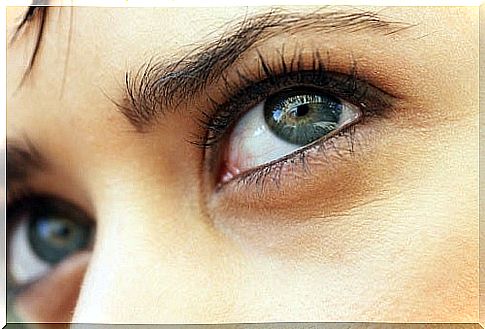
The color of the eyes depends on the melanin that comes from some genes. The concentration of this substance varies during early childhood. This explains that many children who are born with light eyes end up having them brown, even bordering on black.
Despite the fact that the dark hue is the dominant gene, it is interesting that you read the conclusions of the research :
- Both parents have dark eyes : there is a 75% chance that their children’s eyes are the same and an 18% chance that they are green. The chances of blue eyes are just 6%.
- If green and brown eyes are joined : then the percentage of dark color is reduced to 50%, while that of green rises to 37% and that of blue to 12%.
- If we have blues and browns : in that case the two tones are 50%.
- Both parents have green eyes : 75% will be for this color, while blue would have 25%.
- If it is green and blue : light colors share the percentage equally.
- If we only have blue eyes: almost certainly children will have blue eyes, since there is only a 1% chance that they are green.
2. Hair color
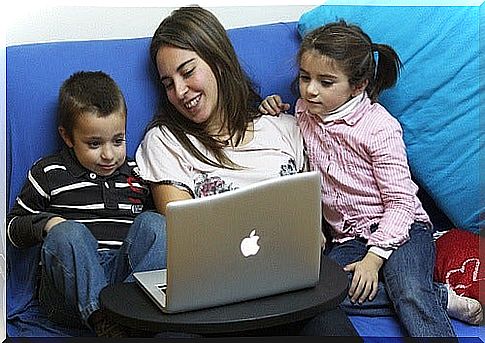
As with the previous case, the dark is the dominant gene. Thus, if either of the parents has brown or black hair, the most common is that the children, according to genetics, have hair of this tone.
However, if there are blond or red-haired ancestors, it may be that your grandchildren are blond or red-haired. There are more possibilities if your partner also has hair of this color.
3. Mouth
The dominant gene is the fleshy lip. The thin lips are the recessive gene, so everything indicates that the baby has the mouth more similar to the one with the thickest lips, unless one of the grandparents had a thin lip.
In this case, it may happen that by joining with the genetic information of the other person, the child results in narrower lips.
4. The nose
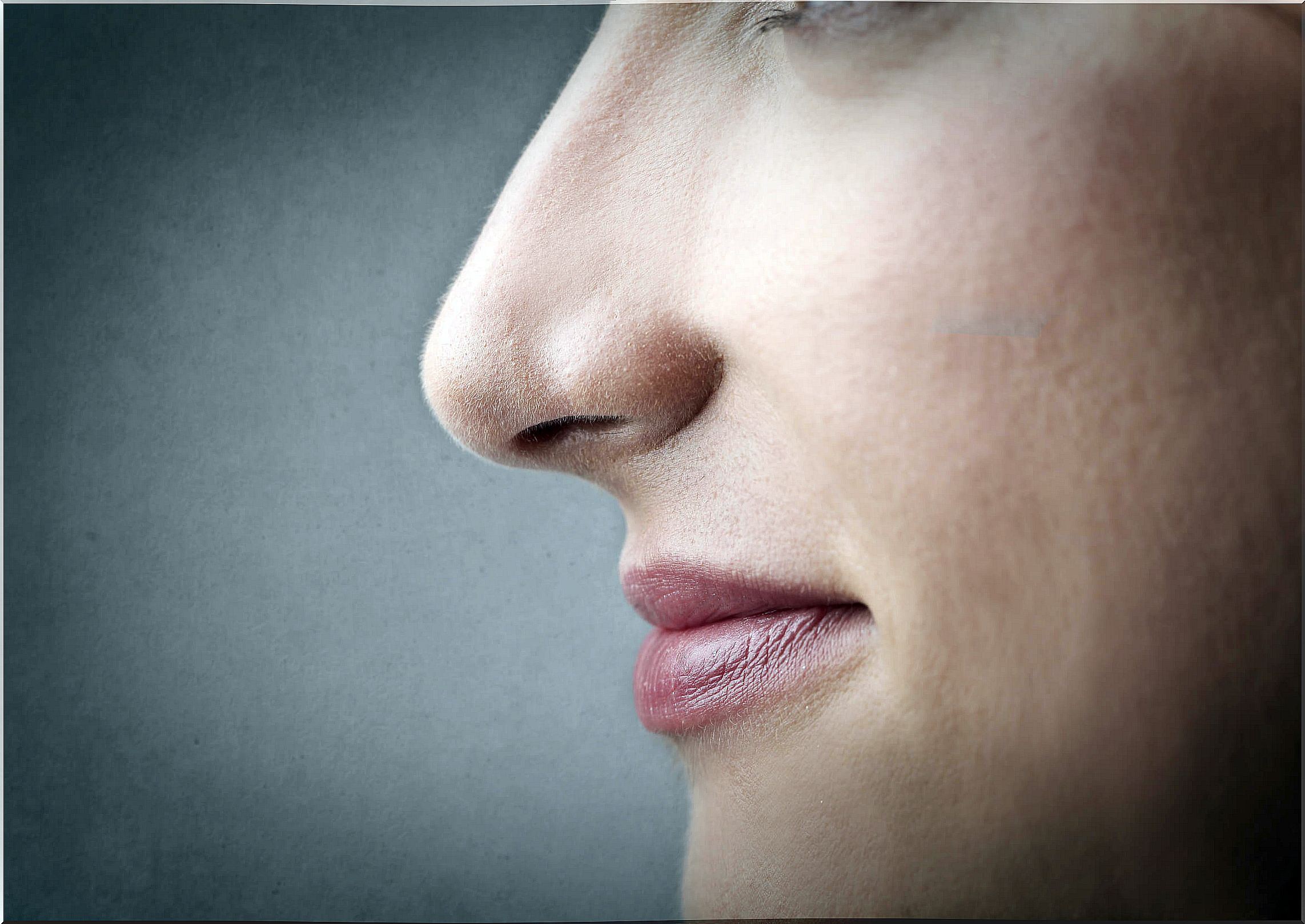
Here the hegemony is held by the high bridge over the width. This is the reason why the classic hook nose is repeated a lot in members of the same family, while the other variations are more open to change.
5. The morphology of the face
The elongated oval faces dominate over the round ones. Meanwhile, high cheekbones are recessive.
With these evidences you will be able to get a more exact idea of what your children will be like according to genetics. But don’t forget that the physical features will be shaped by her personality. The look is not just an eye color, in the same way that the smile does not reduce the shape of the lips.
It is the soul, its way of being that will complete what its physical appearance will be like. However, you can guess what your baby’s face will look like thanks to these data that we have seen.

